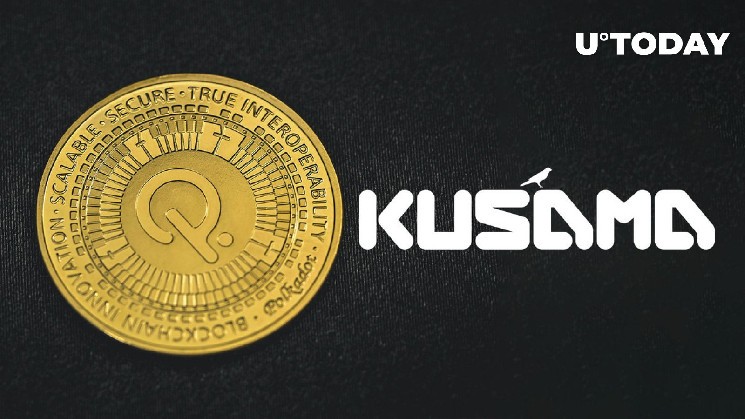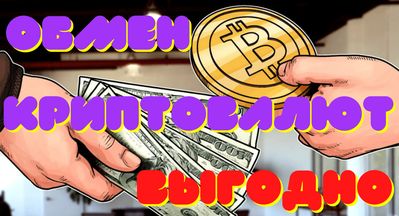Polkadot (DOT) and Kusama (KSM) Witness Growth in Development Activity, Check out Reason

Polkadot (DOT) is a cryptocurrency that boasts one of the strongest value propositions in the blockchain sector. Despite experiencing modest growth in 2023 compared to other altcoins, it has once again gained the attention of developers as a worthy competitor to Ethereum (ETH).
One of Polkadot’s key strengths is its focus on addressing issues related to interoperability within the crypto sector. While cross-network communication is not yet a reality on the market, the introduction of this feature has the potential to greatly benefit developers and enhance the user experience. Interoperability allows for seamless and barrier-free communication and asset exchange between different blockchain networks, opening the door to new use cases and applications. For example, it allows transactions to occur between different cryptocurrencies without the need for centralized intermediaries or insecure bridges.
It should be noted, however, that Polkadot’s interoperability is currently limited to blockchains created on its network, also known as parachains, which can communicate with each other through Polkadot’s connections. In other words, Polkadot can facilitate communication between different networks within its own ecosystem.
Another noteworthy aspect of Polkadot is its experimental version, Kusama. This network serves as a platform for the development and testing of decentralized applications and blockchain protocols before they are implemented on Polkadot. Kusama is built on Substrate technology, which facilitates the creation of customized blockchain networks.
Great development at Polkadot and Kusama
The Polkadot and Kusama ecosystems make cryptocurrency networks highly attractive to developers, as evidenced by the high level of development activity on both networks. According to data from Santiment, these platforms currently lead the way in terms of the number of GitHub commits over the past 30 days, with scores of 441.5 each.
This metric is crucial in evaluating the progress and sustainability of a cryptocurrency project, as it allows for the assessment of the work being done by developers, such as the number of commits, bug fixes and implementation of new features. The higher the developer activity, the greater the confidence in a project and the potential for innovation.
Recent updates and new parachains have likely contributed to this robust performance. For example, Subsocial recently won the auction for parachain #37 and announced plans to migrate from Kusama to Polkadot. Other notable activities on the altcoin networks include the launch of the MantaPay v3 testnet of the DeFi Mantra Network protocol, the announcement of a new cross-chain function by Parachain Bifrost Finance and GameDAO’s decision to build a multifaceted hub on Polkadot to connect game creators and gamers.







 Bitcoin
Bitcoin  Ethereum
Ethereum  Tether
Tether  Dogecoin
Dogecoin  USDC
USDC  Cardano
Cardano  TRON
TRON  Bitcoin Cash
Bitcoin Cash  Chainlink
Chainlink  LEO Token
LEO Token  Litecoin
Litecoin  Cronos
Cronos  Stellar
Stellar  Ethereum Classic
Ethereum Classic  Dai
Dai  Stacks
Stacks  Monero
Monero  OKB
OKB  Hedera
Hedera  Cosmos Hub
Cosmos Hub  Algorand
Algorand  Theta Network
Theta Network  KuCoin
KuCoin  Maker
Maker  Gate
Gate  EOS
EOS  Polygon
Polygon  NEO
NEO  Tezos
Tezos  Tether Gold
Tether Gold  Zcash
Zcash  Bitcoin Gold
Bitcoin Gold  IOTA
IOTA  TrueUSD
TrueUSD  Synthetix Network
Synthetix Network  Holo
Holo  Zilliqa
Zilliqa  Dash
Dash  0x Protocol
0x Protocol  Qtum
Qtum  Siacoin
Siacoin  Ravencoin
Ravencoin  Basic Attention
Basic Attention  Enjin Coin
Enjin Coin  Decred
Decred  Ontology
Ontology  NEM
NEM  Lisk
Lisk  Status
Status  DigiByte
DigiByte  Waves
Waves  Nano
Nano  Pax Dollar
Pax Dollar  Numeraire
Numeraire  Hive
Hive  Steem
Steem  Huobi
Huobi  BUSD
BUSD  Ren
Ren  OMG Network
OMG Network  Bitcoin Diamond
Bitcoin Diamond  Bytom
Bytom  Kyber Network Crystal Legacy
Kyber Network Crystal Legacy